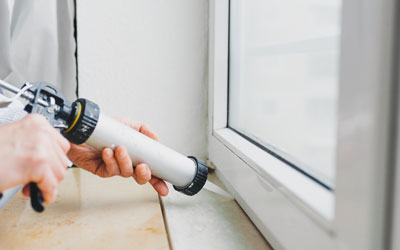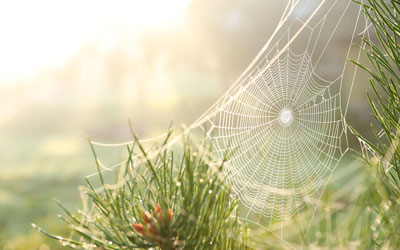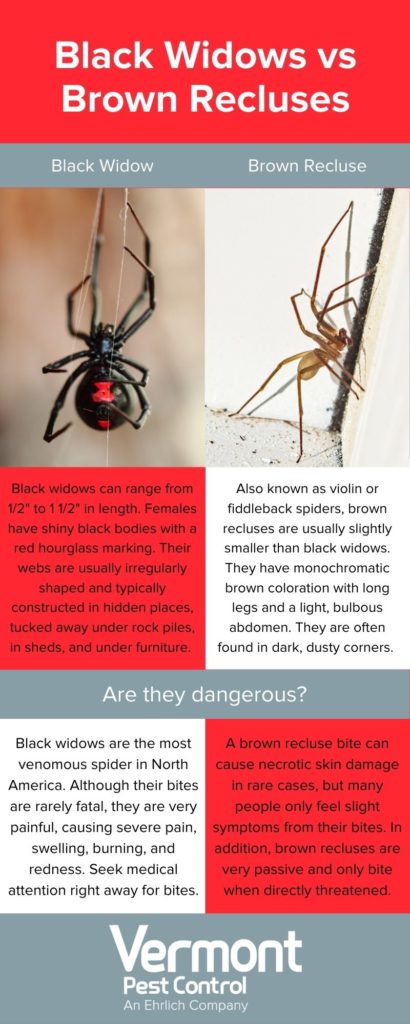Did you know that ants, beetles, and spiders often make their way into your home through tiny openings? Cracks and crevices around your doors and windows are open invitations to bugs, especially in the spring and summer when they’re out in full force. The best way to seal off your home from pests is with caulking. This easy and effective DIY pest prevention method is something every homeowner here in Vermont can learn to do. With pest season just around the corner, now is the time to pest-proof your home. The exterminators at Vermont Pest Control are here to help you learn how to use caulking to pest-proof your home.
Find Where Pests Get Inside
Before you use caulking, it’s important to conduct a thorough inspection of your property to locate cracks and crevices. Look at your window and door frames from both inside and outside, as well as your baseboards, crown molding, and more. If you have major issues with your door or window frames, you may consider replacing them entirely. Weatherstripping is also a solution for bigger gaps. However, caulk is best for small, easy-to-fix holes to keep pests out.
How to Keep Pests Out With Caulking
Using caulk to pest-proof your home is a quick trick you can do every year to lessen the changes of an infestation. Here’s how to seal your home from pests with caulking:
- Choose the correct caulk. When you get to your store, you’ll notice several types of caulk. In general, silicone caulk is the most commonly used caulk for this purpose as it is resistant to moisture. It’s also a low-cost option. If necessary, purchase a caulking gun as well.
- Thoroughly clean the area. Before you apply any caulk, make sure to clean any areas you will be applying caulk to. This includes removing any old caulking, old paint, dirt, and anything else that could jeopardize the adhesion of the new caulk.
- Apply the caulk. When applying caulk, begin in one corner of the crack or gap and tilt the applicator at a 45-degree angle. Steadily apply the caulk in a smooth, slow line while applying steady pressure.
- Let the caulk dry. If needed, smooth any bumps or fill any gaps with a small spoon. Remove any excess caulking. For best results, let the caulk dry for at least 24 hours.
Pest-Proofing Your Vermont Home
Caulking is an easy, cost-efficient way to pest-proof your property. Other best practices for pest prevention include clearing your yard of debris, keeping a clean kitchen, sealing food in airtight containers, and fixing leaky pipes. To learn more about using caulk to pest-proof your home or other best practices for pest prevention, contact the professionals at Vermont Pest Control today!



 Black Widow vs. Brown Recluse Spider
Black Widow vs. Brown Recluse Spider